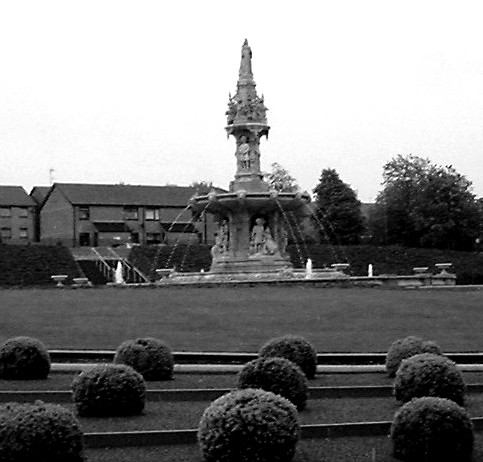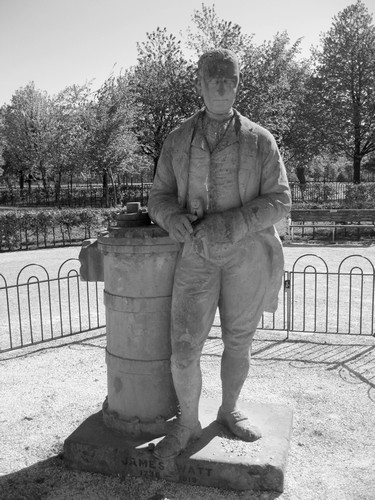GLASGOW GREEN TRAGEDY RECALLED
Factory Disaster of Over 40 Years Ago
When Flesher’s Haugh was Romantic Spot
At a still later day, following the idea promulgated in Walter Besant’s novel,” All Sorts and Conditions of Men” the noble People’s Palace was erected on the Green, the opening ceremony being carried out by the late Earl of Rosebery.
The Doulton Fountain was originally one of the attractions of the Glasgow Exhibition of 1888, and subsequently gifted to the City by Messrs Doulton, and after considerable contention was erected in its present position, where it is seen to great advantage.
was erected in its present position, where it is seen to great advantage.
Nelson’s Monument was in 1806 erected by public subscription, being the outcome of the enthusiasm occasioned by the victory of Trafalgar and the heroic death of Nelson.
It bares the scars it received on 5th August, 1810, when struck by lightning during a violent thunderstorm.
An East End Poet
Near at hand is the monument to Hugh MacDonald, with his medallion which commemorates this famous East Ender, and especially “The Bonnie Wee Well on the Breist o’ the Brae”, the best known of his songs.
Arns Well, longed famed for the quality of its waters, stood not far from here, and was a trysting place for lovers in lang syn’e days. The Well was closed some sixty years ago, and no longer can the sighing lovers linger beneath the alders (Scottish “arn”) from which the Well took its name.
A Great Inventor
It was near this spot that one Sunday afternoon the idea of his great improvement on the steam engine first flashed upon the mind of the immortal James Watt.
He was at this time philosophical instrument maker to the university, and in this capacity a small working model of Newcommen’s atmospheric engine was sent to him for repair by Prof. Anderson. During his quiet walk in the Green the happy thought struck him that by condensing the steam in a separate vessel instead of in a cylinder, as had hitherto been done, an immense saving might be effected.
Looking on the beautiful building, built according to the mode of Italian architecture, facing the Green near the Peoples Palace, a portion of Messrs. Templeton’s carpet factory, we are reminded that it was the scene of a tragic occurrence in 1889.
Just about six O’clock one evening, when it was in course of construction and the workers were thinking of going home, a great gust of wind blew with such force that one of the gables crashed on to the low lying roofs underneath, where many young women were working, with the result that thirty one were killed outright or fatally injured.
The building was being constructed amid much scaffolding, working being commenced at each of the two gables to meet in the centre. It was the gable nearest the Green that fell, and this disaster caused much distress and sadness at the time, and is remembered as one of the most severe occurrences which have ever taken place in the East End.
A Famous Spot
The Flesher’s Haugh in earlier years was famous for the mystic yarrow which the girls of Bridgeton and Calton in hundreds used to pluck as a love charm between the gloamin and the mirk of eve, on coming to the spot where the desired plant was growing, the maiden knelt and while gathering a sprig of the dewy foliage, repeated the following rhyme.
Yarrow yarrow, here I seek thee,
Here I have thee found.
In the name of my true love i pluck you from the ground.
As Joseph dreamed of Mary,
And took her for his bride.,
Is in a dream I wish to see my true love by my side.
The yarrow thus taken was placed under her pillow when she retired.
According to the freit, the shadow form of the future husband was sure to make its appearance during the slumbers of the night. The girls of the East End are not so romantic now a days, and besides the yarrow is unobtainable now in the neighbourhood.

